VIEW BY CATEGORY:
Hi, we're Hunter and Sarah, a husband-and-wife, luxury wedding photography team. We’re also educators, helping other photographers build profitable and sustainable photography businesses.
MEET US
LOOKING FOR SOMETHING?
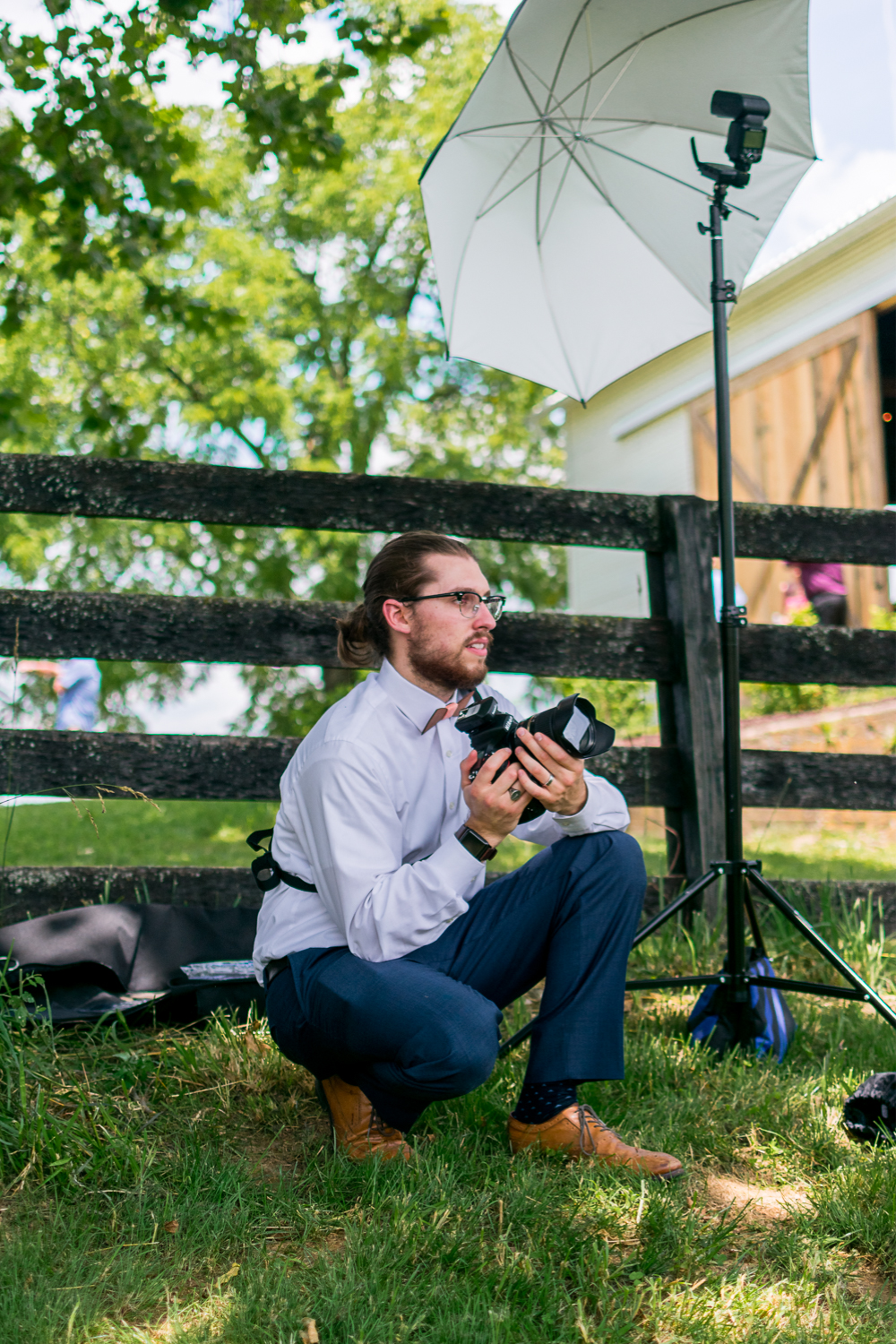
Camera Bag Essentials 6: Why We Used Off-Camera Flash (OCF) as Wedding Photographers… But Don’t Anymore
February 24, 2022
—
Hey photog friends! Today I’m picking up right where Sarah left off last week in our “Camera Bag Essentials” blog series. It’s all about helping new photographers develop their arsenal of professional photography gear in a way that makes sense for their clients and their wallets!
Last week, Sarah introduced us to reflectors and flashes, and this week we’re continuing the conversation around flash photography by talking about OFF-camera flash, or “OCF”. (Not to be confused with ON-camera flash, which would also — very unhelpfully — be abbreviated OCF. This can be very confusing, but OCF almost always refers to OFF-camera flash in the photography world.)
What is Off-Camera Flash (OCF) Photography?
For some photographers, after they purchase their first flash, they might start to desire even more control over their lighting than just a single flash mounted to the top of their camera. Whether they want multiple flashes to fire all at once, or to just be able to fire a single flash from a different location than they’re shooting from, this is all possible with off-camera flash (OCF), a technique where – you guessed it – the flash isn’t attached to your camera!
No matter why a photographer might choose to pursue OCF, it essentially boils down to one thing: more control over your light. But is that extra control worth the additional time, money, and learning that’s required to do OCF well? That decision is ultimately up to each and every photographer. But coming from two high-end, professional portrait and wedding photographers who USED to shoot OCF on portrait sessions and wedding days, but don’t anymore, we have our own thoughts on the subject. More on the verdict below!
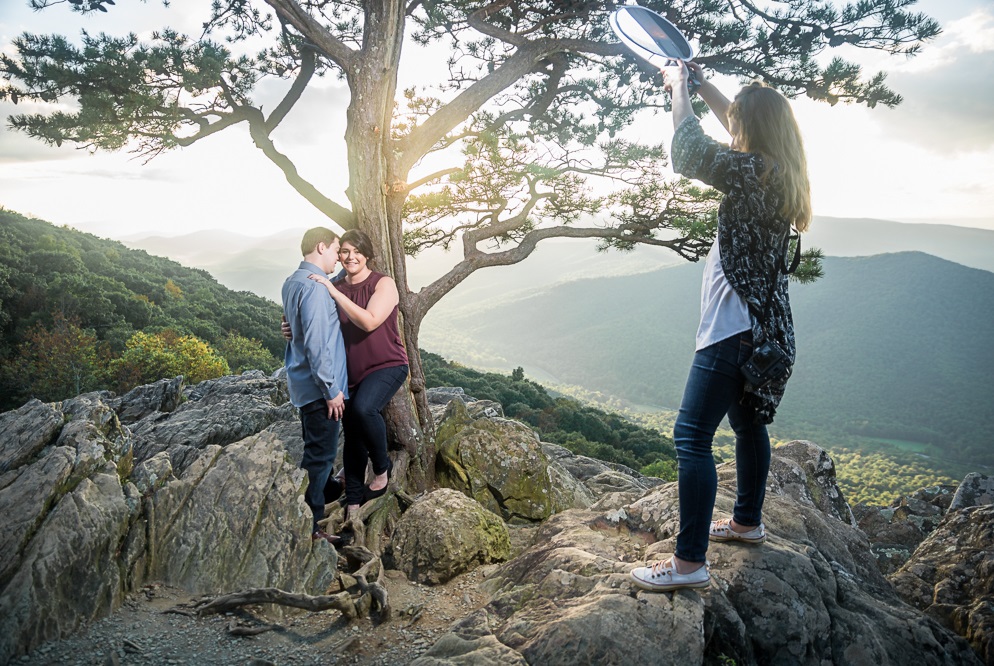
When Wedding/Portrait Photographers Might Use Off-Camera Flash (OCF)
Since off-camera flash is more complex and requires you to purchase and haul and more gear, then why do some photographers use it? Well, there are a handful of general situations where a photographer might choose to use off-camera flash.
The first is studio photography. While we’ve personally never done true studio photography, we’ve done enough on-location indoor headshot sessions to know that it isn’t something we particularly care for. But there are a lot of photographers out there who love working in a studio for everything from seniors to families to boudoir. And if you’re going to shoot in a studio, you will NEED to learn off-camera flash.

We’ve never worked in an actual photo studio. However, if you master OCF and have all the right gear, you can turn almost any indoor location into a mini-studio! As we’ve specialized more on proposal, engagement and wedding photography in recent years, we don’t do as many on-location group headshot sessions like we used to in the early years of our business.
The second situation that requires OCF is when a photographer is shooting outdoors in natural light, but wants to emphasize both the subject AND the sky behind them. If you’ve ever seen a portrait (like the one below) where the subject is bright but the ground around them is a bit darker, and then the sky behind them is bright and full of color, it was almost definitely shot with flash.
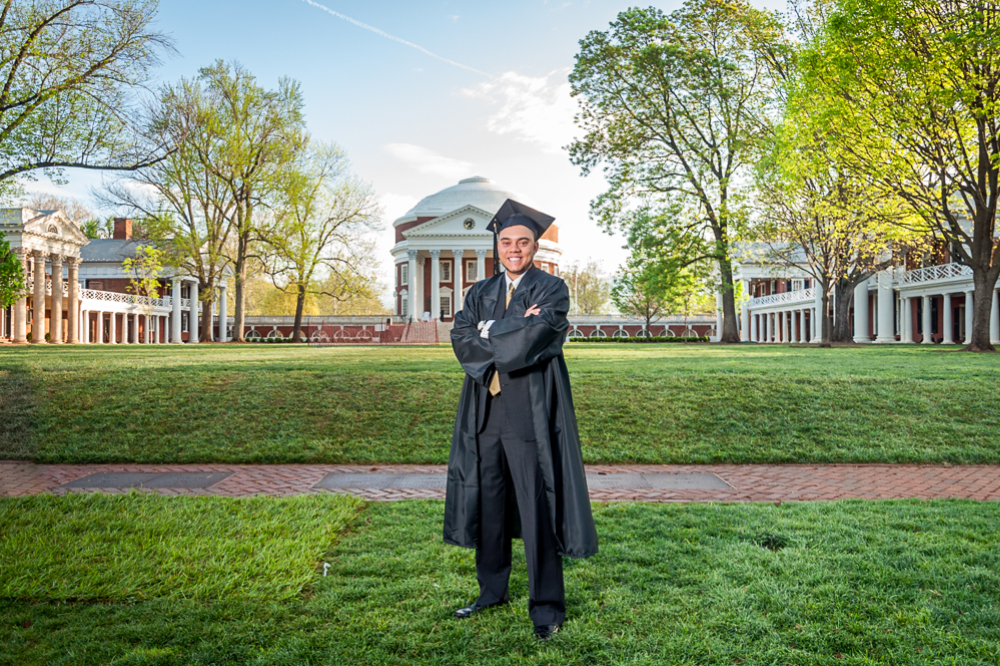
Without flash, it isn’t really possible to capture an image like this, where both your subject AND a bright and colorful sky behind them are properly exposed. However, over time we learned that we prefer a more natural light aesthetic, and don’t shoot images using OCF ike these anymore!
Now, that doesn’t mean it isn’t possible to get beautiful images where the landscape behind your subjects is well exposed. We shot the image you see below in the desert outside Phoenix without any external light source. But you’ll notice that they sky isn’t blue.
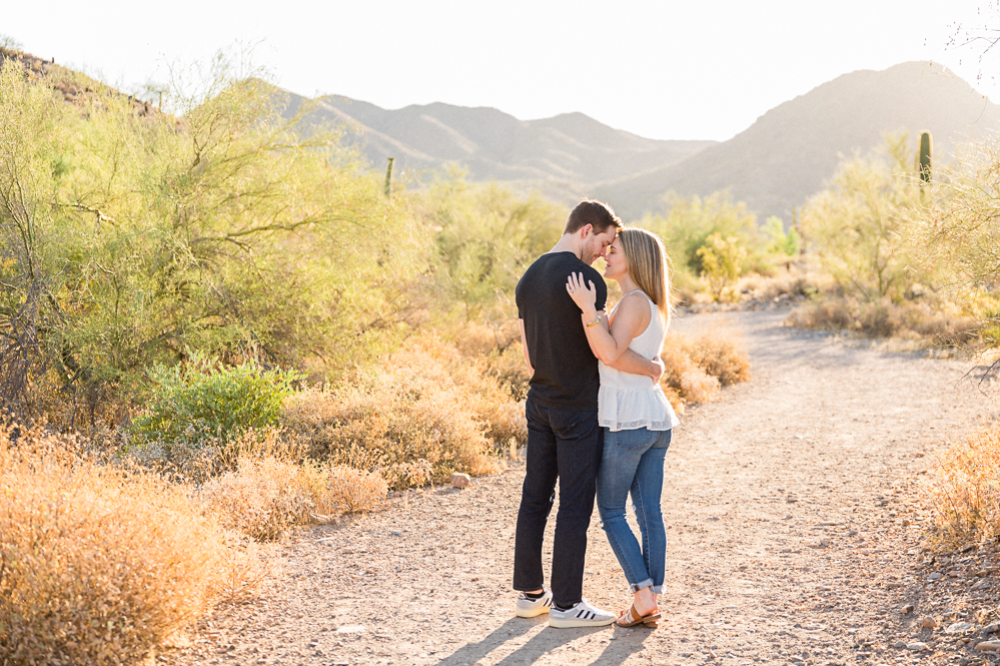
This image is a better reflection of our current photography style, no OCF require! We don’t think this image is lacking just because the sky isn’t blue.
Third and finally, there are certain situations during a wedding day where some photographers may want to incorporate off-camera flash. For us, back when we used to use OCF on wedding days, it was typically during family photos inside a dark poorly-lit space, or during the reception to add some additional light to a dance floor.

The test shot above should give you an idea of the type of setup we had, with a flash on a light stand with an umbrella on either side of the head table.
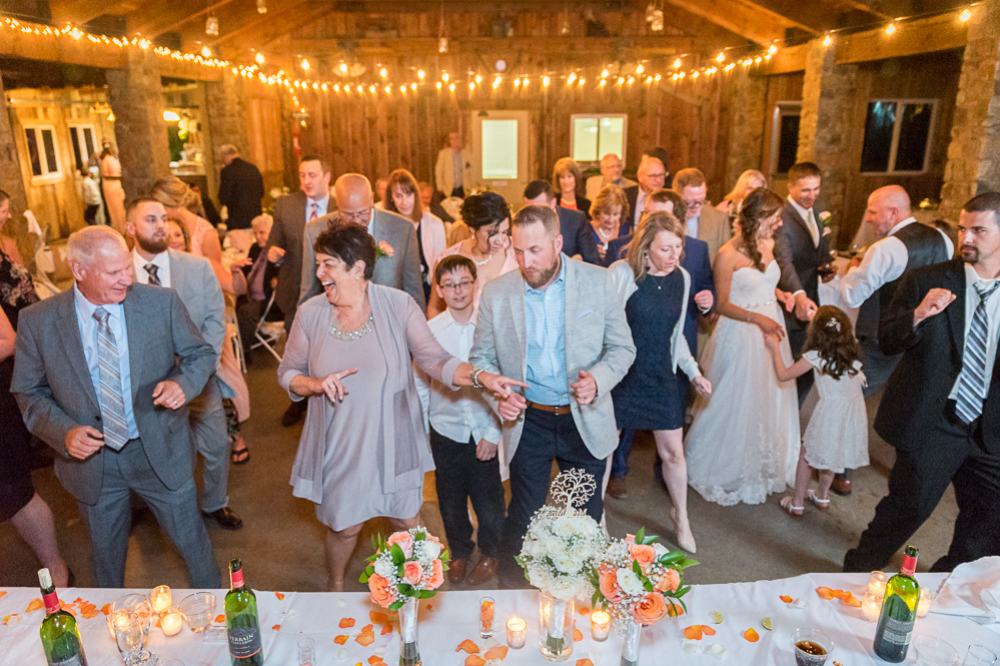
This OCF setup gave us images like this one above.
However, we’ve captured images like the ones below in recent years with just a simple flash mounted to the top of our camera, and haven’t really missed the OCF setup.
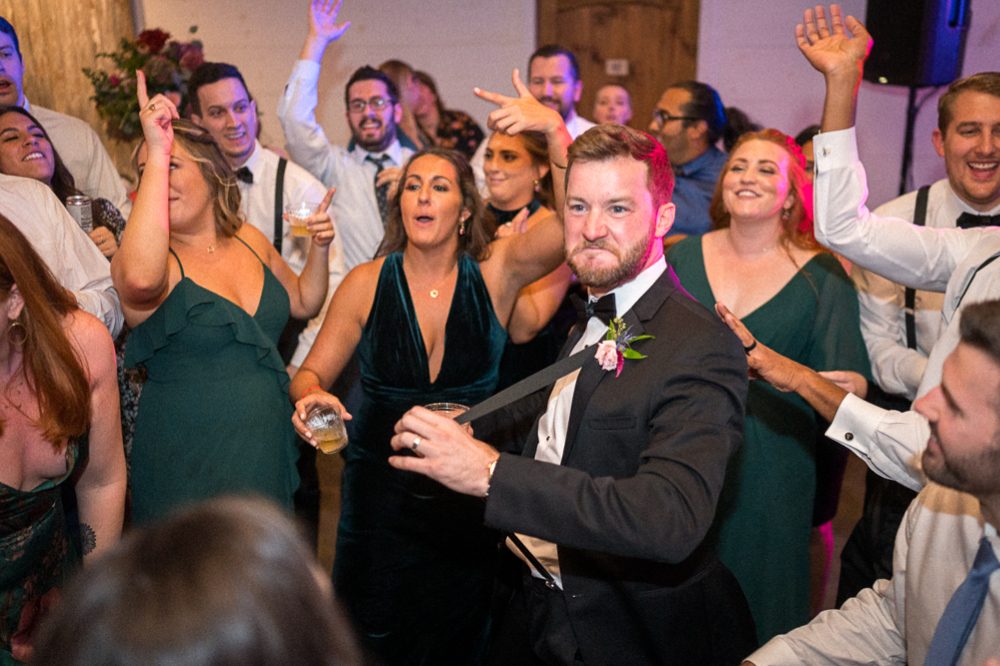
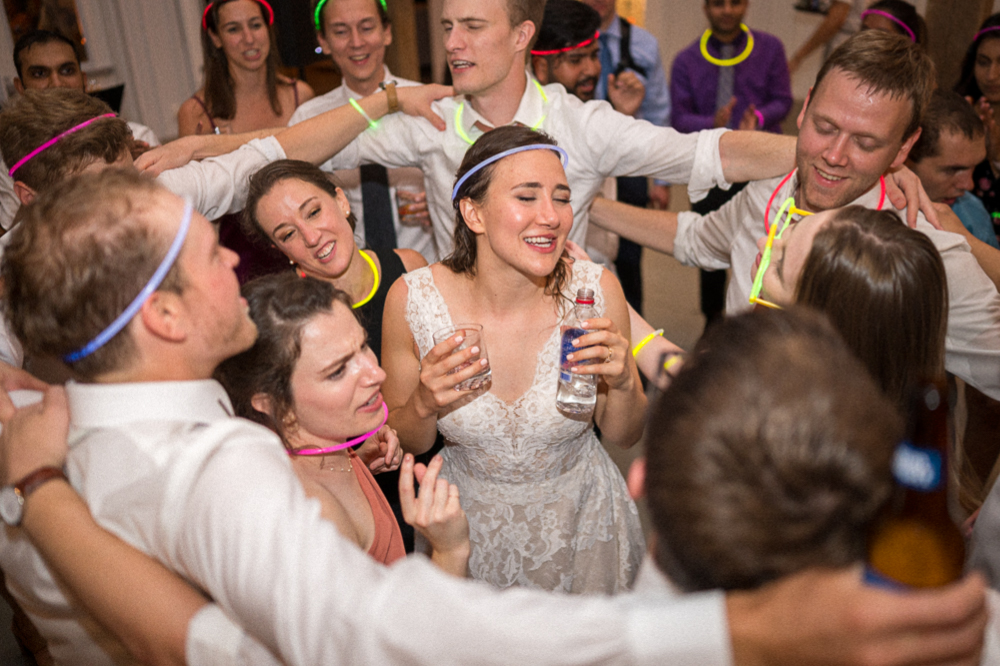
Why We Don’t Use On-Camera Flash Anymore
So, this leads us perfectly into why we don’t shoot OCF anymore on wedding days. Early in our business as portrait photographers and even into our first year or two as wedding photographers, we used OCF during portraits and throughout wedding days. Due to some of our early influences as photographers, we were under the false impression that every photographer who wanted to call themselves a professional had to have an off-camera flash setup…
But one day, a few years into our business, we met a high-end, full-time professional wedding photographer who shot natural light portraits and photographed receptions using a simple on-camera flash setup. They didn’t even own off-camera flash equipment like light stands and soft boxes! And not only did they produce stunning images with a natural light aesthetic that we absolutely fell in love with, but they also charged a premium price for their work!
This opened our eyes to the possibility of shooting weddings without OCF, and we felt right away as though someone had given us permission to stop using it! Between hauling the extra gear, setting it up and testing it, plus worrying about all the charged batteries and wireless connections, it was just a LOT of extra work and mental energy on a wedding day. So over the last three years, even though we still bring our off-camera flash equipment to weddings, it’s only left our trunk two, maybe three times in the last 75 or 100 weddings we’ve photographed. And in retrospect, none of those lighting situations would have been impossible without OCF.
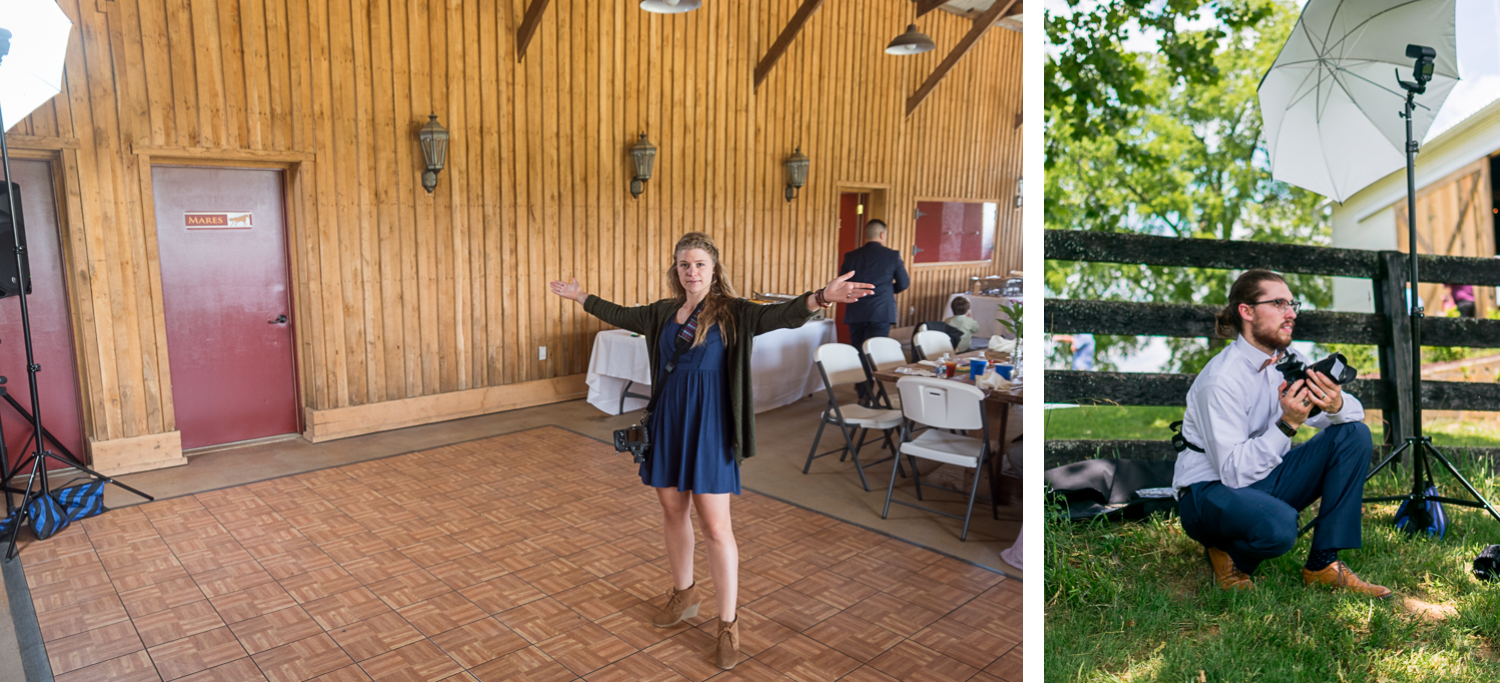
Whether we were shooting with OCF during portraits or on the dance floor, it meant hauling a LOT of extra gear, plus the time and mental energy that it would take to set it all up and test it before we actually needed to be ready to shoot!
But more than just streamlining our workflow and making our life easier, we also feel like giving up on OCF improved our actual photography. While this is a bit more subjective, we prefer the aesthetic we shoot with now more than when we were shooting with OCF.
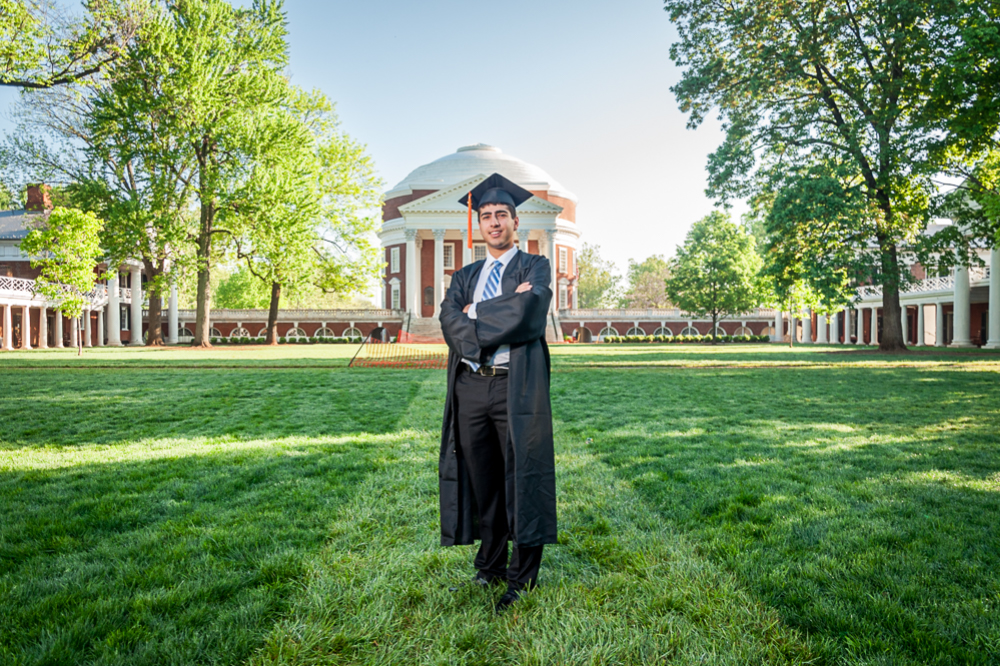
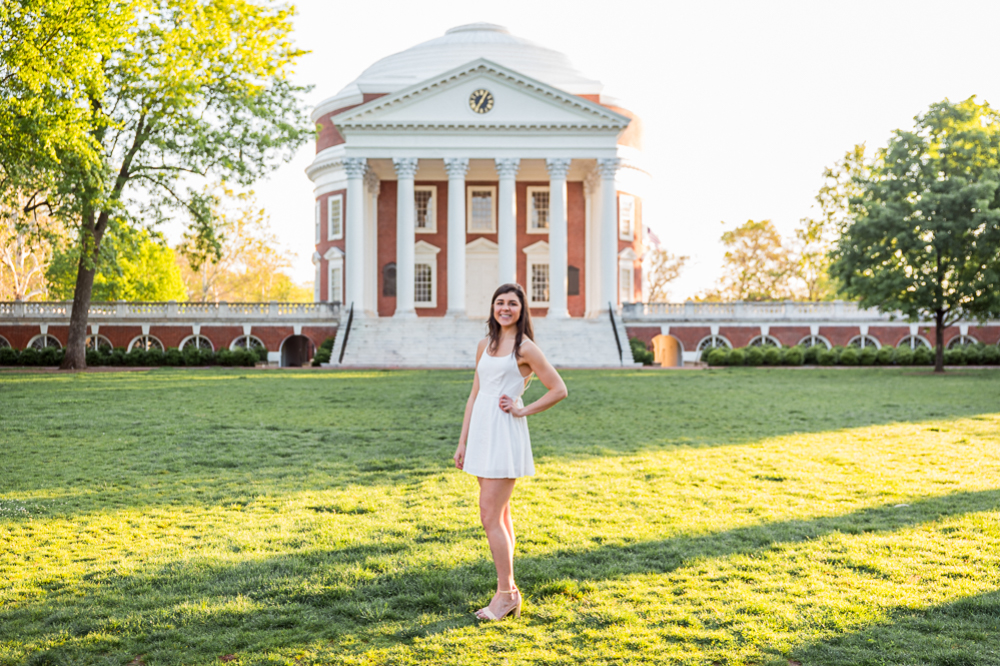
Here’s the closest thing we could find to a direct comparison of an OCF aesthetic vs a more natural light aesthetic. We used these grad photos since our weddings and engagement sessions are much more unique, so a direct comparison was harder to find. But university grad sessions tend to have a few iconic shots that we capture almost every time 🤷♂️
So, Which Lighting Equipment Should I Buy for Off-Camera Flash (OCF)?
After looking at those images and hearing us chat about off-camera flash, if you’re still excited about studio work or feel like shooting portraits and wedding days with OCF is truer to your aesthetic and the vision you have for your work, here’s just a few things to consider when purchasing OCF equipment.
When it comes to the flashes themselves, for the same reason we talked about last week, we recommend purchasing your flashes from the same person who makes your camera, whether that’s Nikon or Sony or Canon. Just keep in mind you’ll need to make sure that your flashes have RF capabilities, which most new flashes on the high-end of the spectrum will have built in (like Nikon’s SB-5000). This basically means they are much more likely to flash reliably, even when the flash on your camera is communicating wirelessly with a flash that is across the room.
When purchased our first OCF setup almost 6 years ago, very few professional flashes had built-in RF capabilities, so we had to purchase PocketWizard sets, which would mount to each of our flashes and serve as the go-between with our flashes and cameras. However, our current PocketWizards are so old that they don’t work with all of our mirrorless cameras. So just be sure to do plenty of research before making any purchases!
Also, if you’re planning to set up a dedicated studio space in your home or place of business, you may consider purchasing continuous lighting or strobe lighting as opposed to speedlight flashes. Speedlights are great because they can seamlessly switch between on-camera and off-camera. However, compared to continuous LED lighting or strobe lighting, they’re not as powerful, and you’ll always be recharging batteries. Continuous lighting and strobe lighting are usually (but not always) powered by plugging them into a wall outlet — perfect for in-studio work, but not so great for shooting on-location.

These were the contents of our camera bag around the end of 2018. Notice that the top right quarter of this image is filled with lighting equipment! And that’s not to mention two light stands, two umbrellas, and four sandbags which each weighed ~15 lbs each to prevent the stands from tipping over.
However, like we said, if you’re just getting started in your photography business and are looking for permission to skip off-camera flash, and never learn it and never spend all the money on the light stands and the soft boxes and the umbrellas… this is your permission! If you don’t plan on shooting studio work and want to be a purely natural light photographer, then don’t worry about off-camera flash at all!
Well, that’s it guys! Thanks so much for reading this blog, and we’ll see you next week!
Want More?
Click HERE to get your free copy of our eBook: “5 Essential Tips for Turning your Side-Hustle into a Full-Time Photography Business.” You’ll also be subscribed to our newsletter, so our newest content, weekly encouragement, and exclusive offers will be delivered right to your inbox!
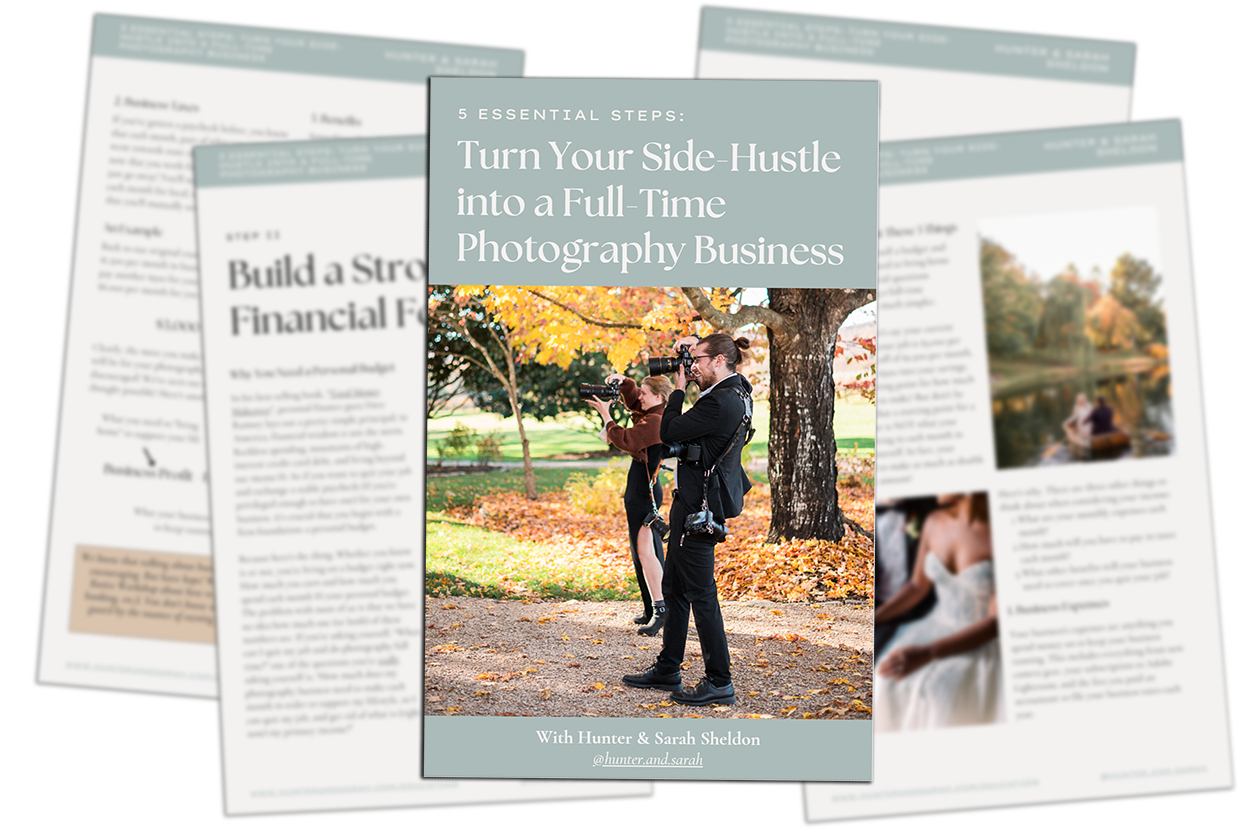
—
Shopping List!
If you’re planning to purchase anything that we talked about today and we helped you make your decision, it would mean SO much to us if you purchased it through the links below! You’ll pay the same price as you normally would on Amazon, but Amazon would share a small slice of the profit with us. You’ll get what you need, support a small local business (us), and show us that our advice really has been helpful! Thanks! [Prices shown as of date of publishing, and are just for comparison/reference]
Flashes:
- Nikon SB-700 [$330]
- Nikon SB-5000 [$600]
Our Recommended OCF Accessories:
- Neewer Light Stand [$30]
- 2X Neewer Speedlight Mount for Light Stand [$20]
- 2X Neewer 33″ Umbrella [$30]
- 4X Neewer Sand Bags [$20]
- Newer Carrying Case [$60]
—
Check out the rest of the series below!
-
- Camera Bag Essentials 0: DSLR vs Mirrorless: Nikon D750 vs Z6 vs Z6ii
- Camera Bag Essentials 1: Prime Lenses: 85mm vs 50mm vs 35mm
- Camera Bag Essentials 2: Wide Angle Lenses: 35mm vs 24-70mm vs 14-24mm
- Camera Bag Essentials 3: Four Reasons to Buy a Telephoto Zoom Lens: The 70-200mm f/2.8
- Camera Bag Essentials 4: How to Up Your Detail-Photo Game with a Macro Lens
- Camera Bag Essentials 5: Using Reflectors and Flashes as a Natural Light Wedding Photographer
- Camera Bag Essentials 6: Why We Used Off-Camera Flash as Wedding Photographers… But Don’t Anymore
- Camera Bag Essentials 7: How to Know When It’s Time to Upgrade Your Camera Body
- Camera Bag Essentials 8: How to Know When You’re Ready for a New Prime Lens
- Camera Bag Essentials 9: Everything You Need to Know to Protect Your Camera Gear
- Camera Bag Essentials 10: 10 Wedding Photography Accessories You Didn’t Know You Needed
Filed in:
Wedding Photography & Photography Education
Charlottesville, Virginia and Beyond
HOME
ABOUT US
WEDDINGS
JOURNAL
FOR PHOTOGRAPHERS
PRESS & PRAISE
BLOG
CONTACT
e. hunter@hunterandsarahphotography.com
p. (434) 260-0902
